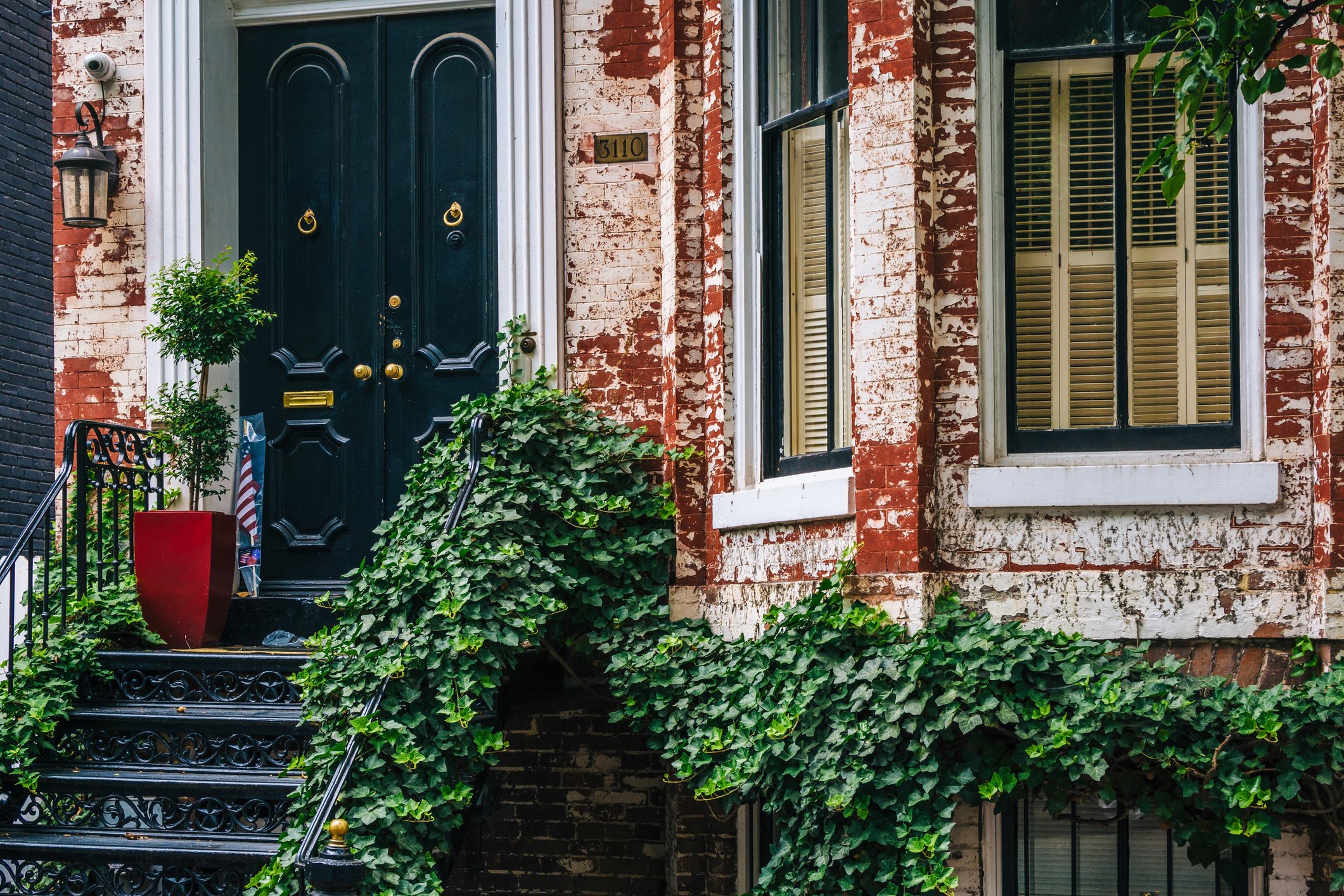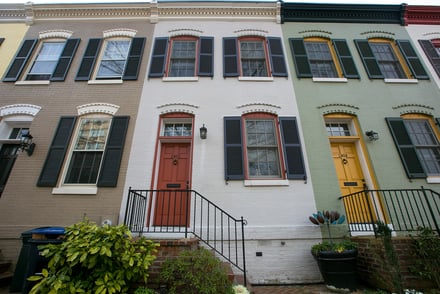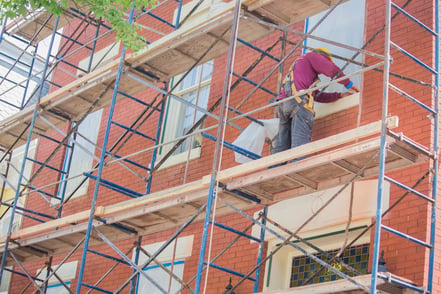 Many folks choose brick exteriors because they’re not only beautiful but also low maintenance. That said, brick homes are not indestructible; they need care to stay in good shape. New owners of old brick homes may not be familiar with brick-and-mortar maintenance and what signs are indicators of trouble. We’re here to help.
Many folks choose brick exteriors because they’re not only beautiful but also low maintenance. That said, brick homes are not indestructible; they need care to stay in good shape. New owners of old brick homes may not be familiar with brick-and-mortar maintenance and what signs are indicators of trouble. We’re here to help.
Typical Wear Signs of Brick Homes
Some wear of brick exteriors each year is normal and expected. Minor, easy repairs and upkeep can ward off extensive and costly repairs. Here are some typical signs of brick aging and wear:
- Condition of mortar – The mortar between the bricks will deteriorate sooner than the bricks do. If a key scraped across the joint can remove or crumble the mortar even a little, you need to consider addressing that early on. Tuckpointing (removing and replacing old mortar) preserves the brick and wall structure every 25 years or so since mortar will always eventually break down or crack.
- Cracking – It is characteristic of brick and mortar to expand and contract with changes in moisture and temperature. As a structure shifts with time or with seasonal changes, brick cracking can result. After a winter of freezing temps, the integrity of the brick sooner or later.
- Spalling – is the fancy term for bricks chipping or falling apart, starting with a tiny crack. Spalling is most often due to a patch job done with the wrong kind of mortar. When the mortar is too hard, it doesn’t allow old bricks to expand and contract as they need to, hence spalling. This kind of breakage doesn’t happen all at once, so you usually have time to notice when it starts. Catch it early, and you’ll be able to minimize damage (and expense).
- Efflorescence – This common salty, whitish residue can build on a brick facade with excess moisture. While it can be cleaned easily with a stiff brushing or chemicals for harder deposits, you’ll want to check for signs of water damage that may have contributed to efflorescence and deal with that.
- Clogged weep holes – Weep holes are openings at the bottom of brick walls used to drain rainwater. If they’re clogged with debris, clean them out immediately. Doing so can prevent water damage over time. If you had to clean efflorescence from bricks, check this next.
Deeper Trouble Signs for Brick Homes
Here are signs that could indicate that your older brick home has more severe issues:
- Multiple loose or broken bricks – If you’re buying a home or notice that your home has large sections of broken or cracked brick, this could indicate various issues. Get a pro in asap to assess the damage.
- Large mortar crack patterns – Whether it could lead to worse damage to the bricks or the underlying structure, it’s worth having cracked, deteriorated, or missing mortar looked at soon.
- Water damage – Discolored dark bricks or abundant efflorescent deposits indicate considerable water damage and warrant further inspection.
- Bulging brick areas – Brick bulging in your walls or the foundation can signal a dangerous situation. Don’t wait to address it with a pro.
Whether you’re not quite sure how to interpret signs or symptoms with your brick home or believe you already have real problems, Renaissance Development can help you assess what’s going on. Old brick homes are our passion so we love to talk with homeowners that are eager to learn about theirs.
Can't do it all at once? We'll help you work out a plan to prioritize and plan projects at a pace that is good for you and for your house. Get in touch with us, today.
5/11/21 4:42 PM

